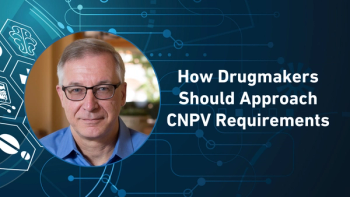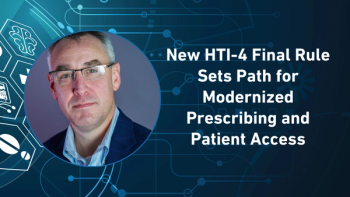
Further Developing Patient Services
In an interview with Pharma Commerce Editor Nicholas Saraceno, Meghan Mullooly, Archbow Consulting’s Vice President, outlines the various types of available digital solutions when delivering patient services, while also sharing ways to drive efficiencies.
PC: When it comes to providing patient services, what types of digital solutions exist today?
Mullooly: What we're seeing is that there are a wide variety of digital solutions that are becoming available, and some solutions available today that weren't even just a couple of years ago. I think it's best to categorize them into four main buckets, the first being your digitally enhanced services. Where traditional patient support services were executed by human resources, we are now seeing a shift—or an alternate model—where there's a digitally enhanced service that's being offered. Think of your electronic benefit verifications, your electronic prior authorizations that can provide the service through an electronic solution versus a person manually executing that service. The second bucket would be your process optimization solutions that are driving efficiencies and improving your outputs. Think of OCR, your optical character recognition, conversational AI, chatbots. Those would be examples within that bucket, and these are also replacing some of the more manual need that traditionally was executed by people. For your OCR solutions, for example, you're able to automate your data entry processes instead of utilizing a manual approach there.
The third bucket would be around engagement and communication channels to better interact with patients and HCPs. We're not seeing any replacement with the traditional methods. Facts and phones still exist. Email and mail are still there, but there are more opportunities to connect with patients and HCPs and other customers, and meet them where they are. We're seeing things like digital assistance, more use of mobile apps, more use of texting, all to support the program as well.
And then the last would be your software platform, so your traditional CR systems, your data analytics. and dashboards. While those aren't necessarily new in the marketplace, what is new is how sophisticated and customizable these are becoming, and they're better able to drive the patient journey and automate touchpoints along the way, which has been really neat.
As you mentioned earlier, there are nuances within the solutions. I think that no two solutions are identical, and oftentimes, I think there's a different understanding of the product at hand. We have seen some manufacturers who think they're signing up for a particular solution, but the capabilities of the service provider didn't quite line up with exactly what the manufacturer thought they were getting. There's different terminology that's being utilized and different capabilities that are available, so it's really important to properly vet service providers to understand that what you're signing up for is exactly what you're getting.
Newsletter
Stay ahead in the life sciences industry with Pharmaceutical Commerce, the latest news, trends, and strategies in drug distribution, commercialization, and market access.





